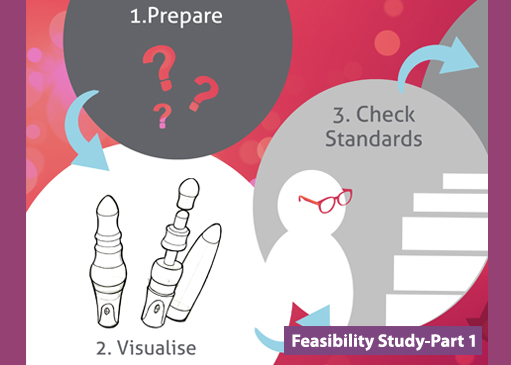 Here we look at why it may be the better option rather than building your own in-house team of designers.
Here we look at why it may be the better option rather than building your own in-house team of designers.
Experience:
Consultancies deal with a wide range of products across a variety of markets, giving them a greater breadth and depth of skill and knowledge. This knowledge helps to fast track ideas to becoming a reality, whereas working within your own confines can potentially take much longer, especially if it is proving difficult to know where to begin.
Working with many projects and different clients, here at Sated Design we can cross pollinate insights and knowledge gained from a host of different varying projects. Our depth of experience coupled with your knowledge results in original thoughts which develop into original products that standout not just in terms of aesthetics but also in functionality.
Cost:
Hiring external design services at first glance may seem expensive, but in the long run will prove to be cost effective. By paying for design services only when you need them, this not only saves on the cost of salaries but also all of the other extra expenses such as software-licences, workstations, prototypes and testing equipment.
Design consultancies not only help to save time and money by designing your product but also help you save when it comes to manufacturing. By using your design-house’s suppliers, you will be able to receive competitive quotations and manufacturing experience, which is not easy to find on your own.
Flexibility:
Designing might not be your full time job, it may be your hobby therefore you may not have sufficient time to focus on achieving your goals for your project. Seeking external design expertise will help you prioritise the workload or assist you at critical phases of the design process. It is always a good idea to seek help or even advice during the development of your product. Any delays in launching products or missing a design opportunity can end up costing you far more than the cost of hiring external help.
Conclusion:
By helping you to refine your ideas to a good product for your intended market and ensuring that the end result can be manufactured we may just save you time, money and a catalogue of unexpected challenges.
If you need something designing, or to compliment your current design capabilities, or even just a fresh perspective on a project, please contact us here at Sated Design.
Sharing

